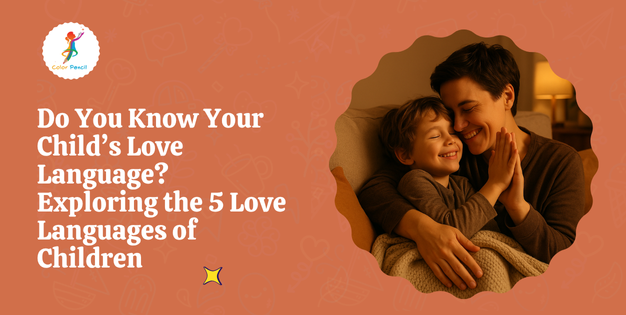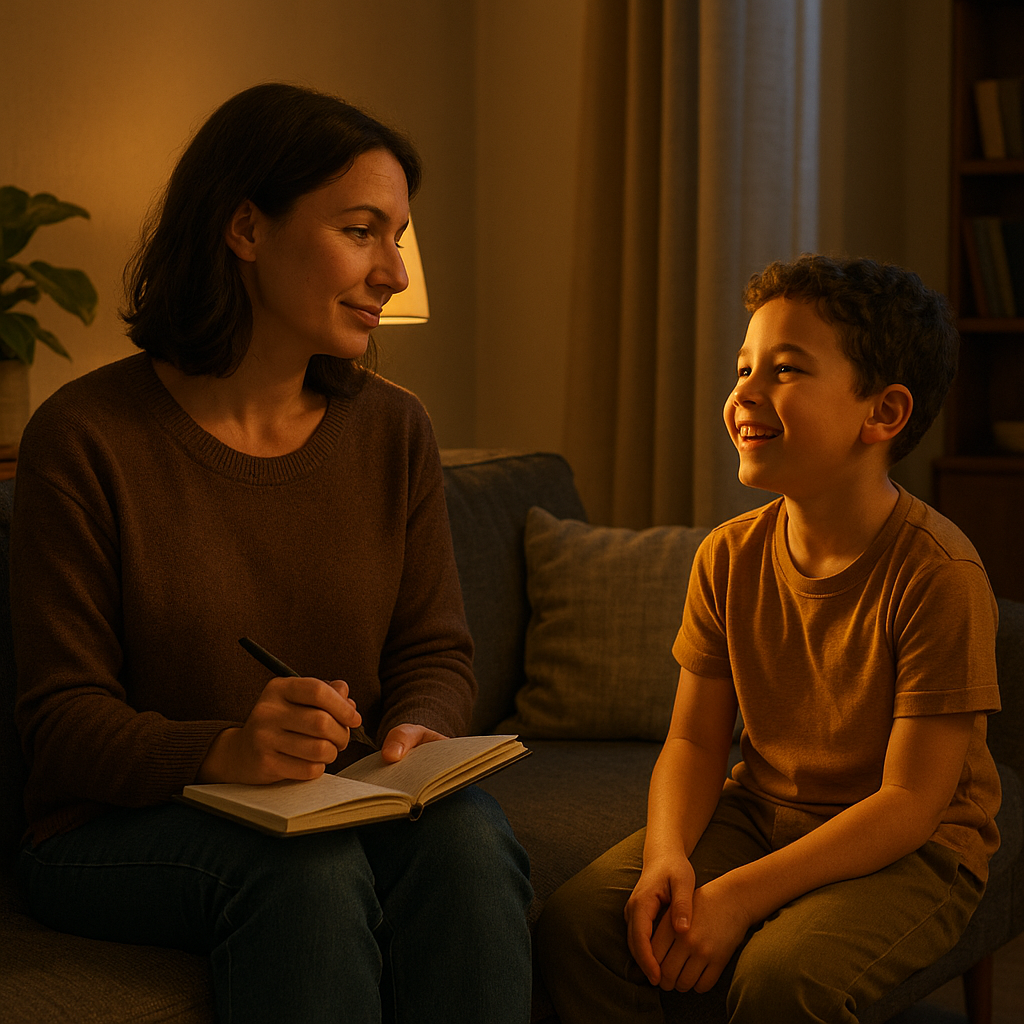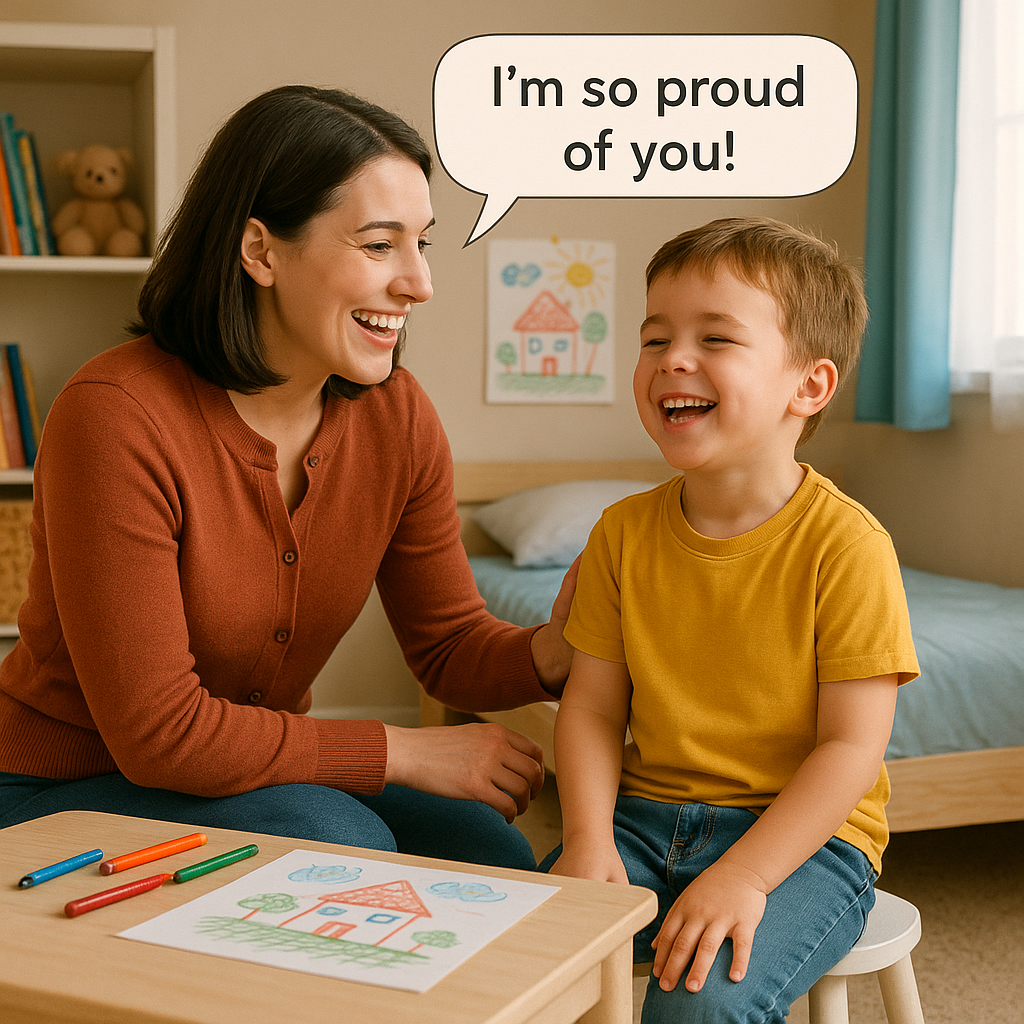
Top 10 Flashcard Combos for Holistic Toddler Learning
Did you know that up to 80% of a toddler’s brain develops in the first five years? As a parent, you’re likely eager to give

Every child wants to feel loved—but not every child feels loved in the same way. That’s the heart of the 5 love languages of children, a concept based on Dr. Gary Chapman’s well-known framework. Understanding how your child receives love can make your connection deeper, your communication clearer, and your parenting more intentional.
Let’s explore each love language and how to recognize which one speaks the loudest to your child.

Just like adults, kids feel loved in different ways. The five love languages include:
Understanding kids love language helps you parent more effectively and tune in to emotional needs that aren’t always spoken.
Children won’t always tell you directly how they feel most loved—but their behavior offers clues. Here’s how to start identifying it:
Knowing how to determine love language early can help strengthen your relationship and reduce unnecessary power struggles. Understanding your child’s love language is crucial not just at home but also in daycare settings. Check out our ultimate daycare checklist for parents to ensure your child’s emotional needs are met while they’re away from home.
Many parents notice their child’s love language mirrors their own—or compensates for what they lacked growing up. Reflecting on your own experiences may provide insight into why your child gravitates toward certain kinds of emotional connection.
Exploring what your love language says about your childhood can also reshape how you approach discipline, affection, and communication in your parenting style.

It’s more than just a fun personality test. Understanding your child’s love language:
In short: it gives you a roadmap to more intentional, effective parenting.
If you’ve been asking how important it is to know your child’s love language, the answer is—very. Knowing your child’s love language can also help with focus and cooperation. Learn more about attention span problems in kids and how understanding their needs can improve their concentration and behavior.
There’s no one-size-fits-all, but quality time and physical touch are especially common in younger children, who crave close interaction and attention. As kids grow older, words of affirmation and acts of service often become more prominent.
Still, every child is unique—which is why paying close attention is key.
Want an easy way to bond, especially with quality-time or physical-touch kids? Try watching calming music-based content together.
Watch Here:
Title: Twinkle Twinkle Little Star with Animals | Color Pencil TV
This soothing video encourages cuddles, singing together, and a shared moment of connection—all ways to express love in a child’s language.
Love isn’t about doing more. It’s about doing what matters most—to your child.
When you love them in the way they feel it best, you meet their emotional needs and lay the foundation for long-term trust, confidence, and empathy.

Feeling Overwhelmed? Let’s Talk! Join Our Parent Forum and Get Expert Advice & Support!
Words of affirmation, physical touch, quality time, gifts, and acts of service.
Watch how they express love, what they ask for most, and what makes them happiest or most upset.
Yes—most kids (and adults) have a primary and secondary love language.
It helps you connect with them emotionally, reduce conflict, and support their development.
That’s common. The key is adapting your expression of love to meet their emotional style—not your default.